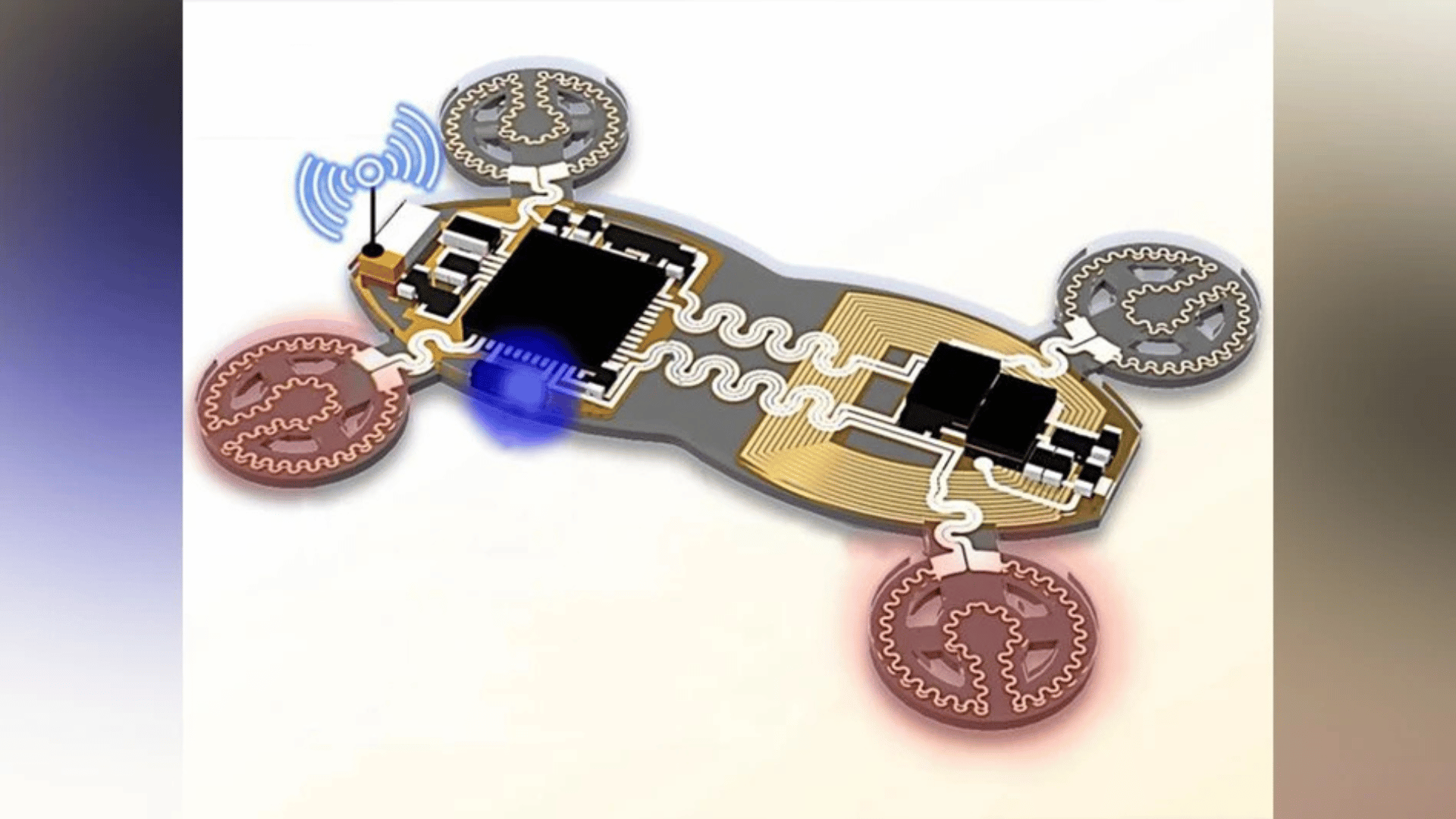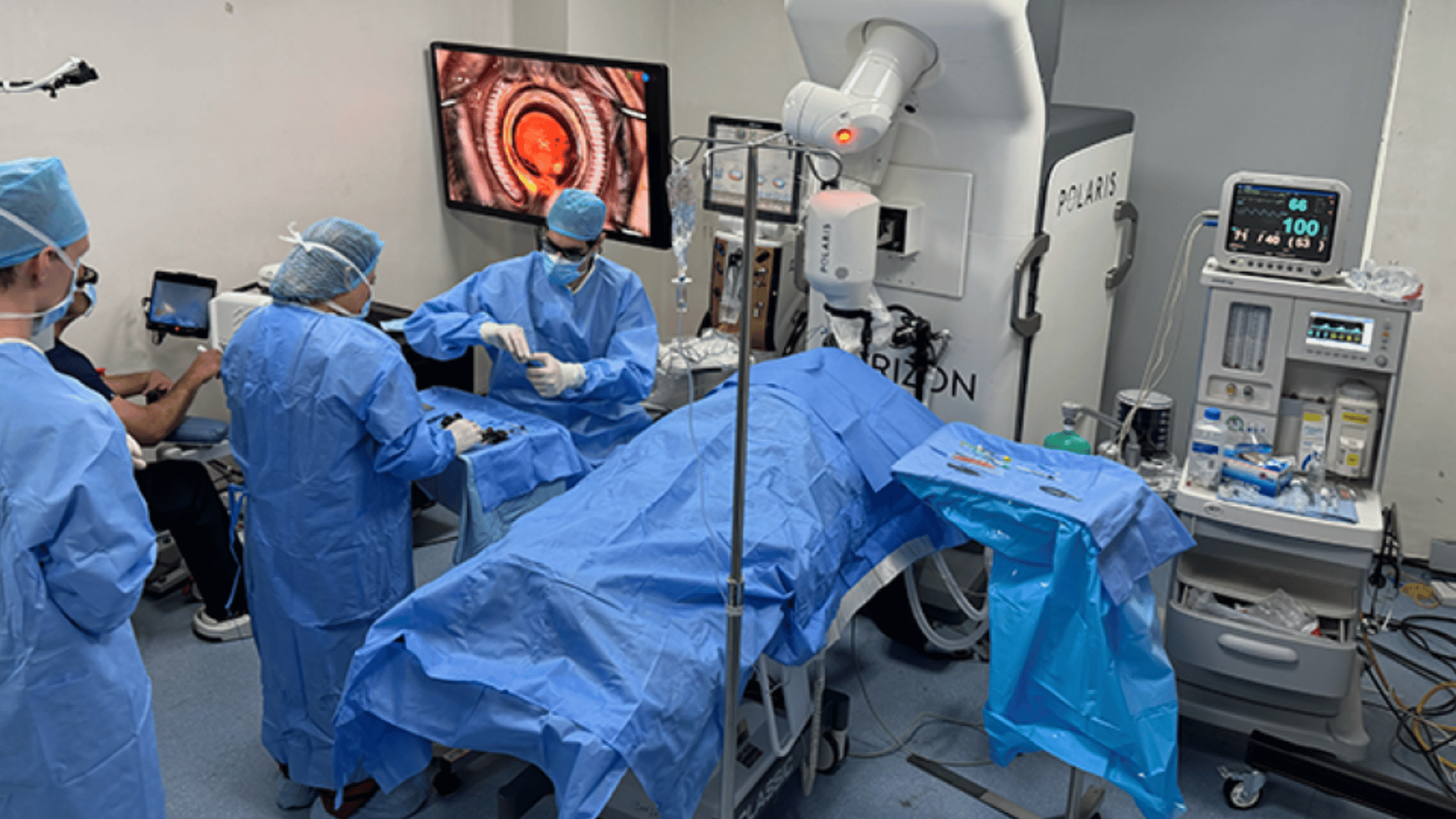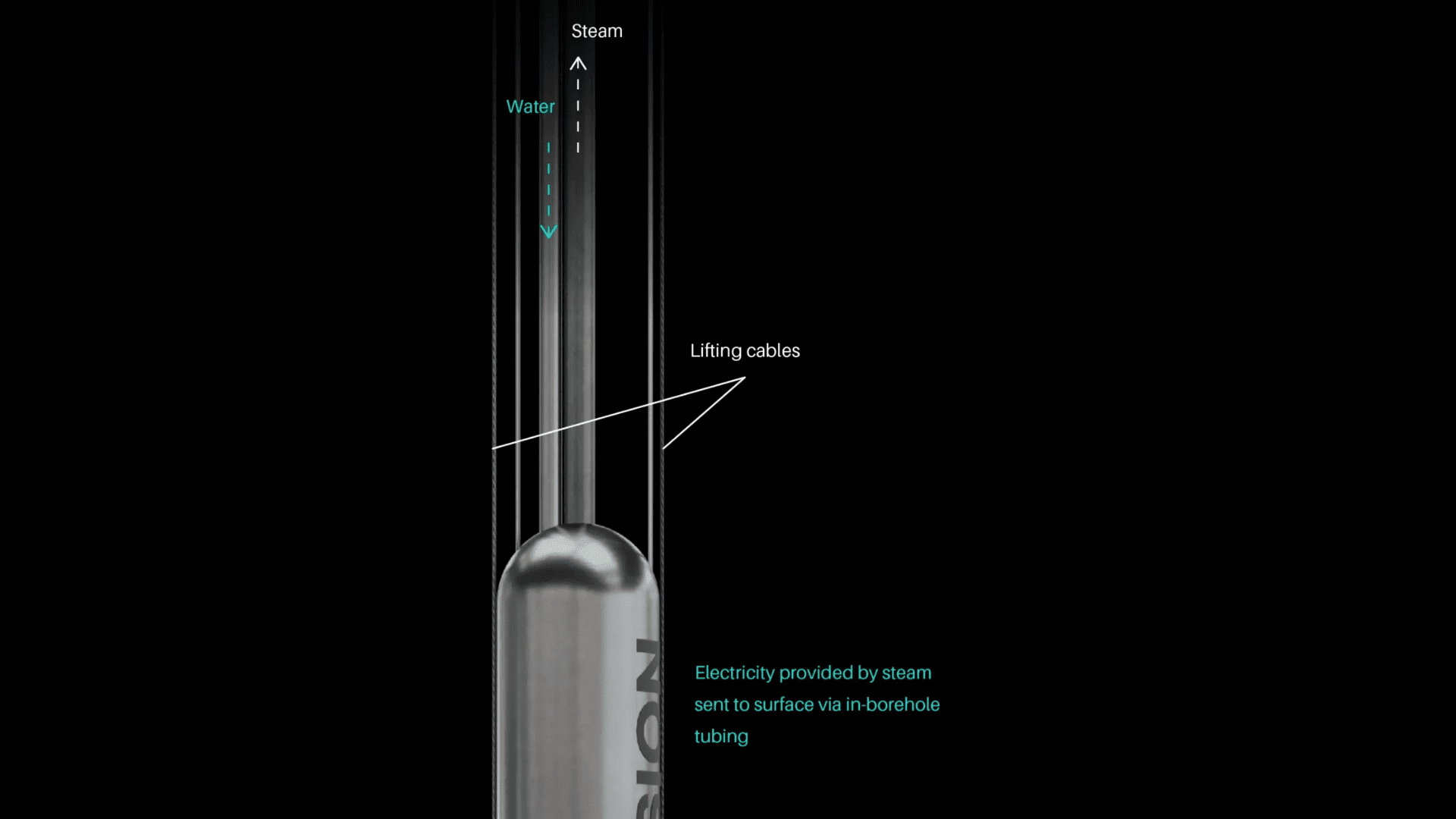An international team of researchers at Penn State is developing a groundbreaking soft robot that can travel through the human body to deliver medicine by integrating flexible electronics with magnetically controlled motion.
The researchers see promise in the soft robot’s flexibility. It is designed to fit in tight spaces, including the human vascular system or rubble. Unlike traditional rigid robots, soft robots mimic the movement of living organisms. The flexibility gives soft robots the capability to fit in tight spaces. However, integrating the sensors and electronics is a significant challenge.
“For most applications, soft robotics have been a one-way communication system, meaning they rely on external control to navigate through complex environments,” said Huanyu “Larry” Cheng, the study’s co-corresponding author. “Our goal was to integrate smart sensors so these robots could interact with their surroundings and operate with minimal human intervention.”
The study was published in Nano-Micro Letters.
Making Soft Robots Smart and Flexible

The researchers faced a major hurdle in finding a way to keep the electronics flexible without hindering the robot’s movement.
“Even though we designed the electronics to be flexible, their stiffness is still hundreds to thousands of times greater than the soft robotic material,” Cheng said. “To overcome this, we distributed the electronics across the structure, reducing their impact on movement.”
Another challenge was blocking unwanted electrical interference, which hinders the sensors.
“Magnetic fields are crucial for controlling motion, but they can also disrupt electronic signals,” Cheng explained. “We had to carefully design the electronic layout to minimize these interactions, ensuring that the sensors remained functional even in the presence of strong magnetic fields.”
With magnetic interference minimized, the robot can be controlled remotely, which limits human intervention. Additionally, integrated sensors allow them to react autonomously to environmental cues.
The next step for researchers is refining the technology for medical applications. For example, the team wants to develop “robot pills.”
“One of the most fascinating potential applications is in implantable medical devices,” said co-author Suk-Won Hwang. We’re working on miniaturizing the system to make it suitable for biomedical use.”
Hwang continued, “Imagine a small robotic system that could be swallowed like a pill, navigate through the gastrointestinal tract and detect diseases or deliver drugs precisely where they’re needed.”







